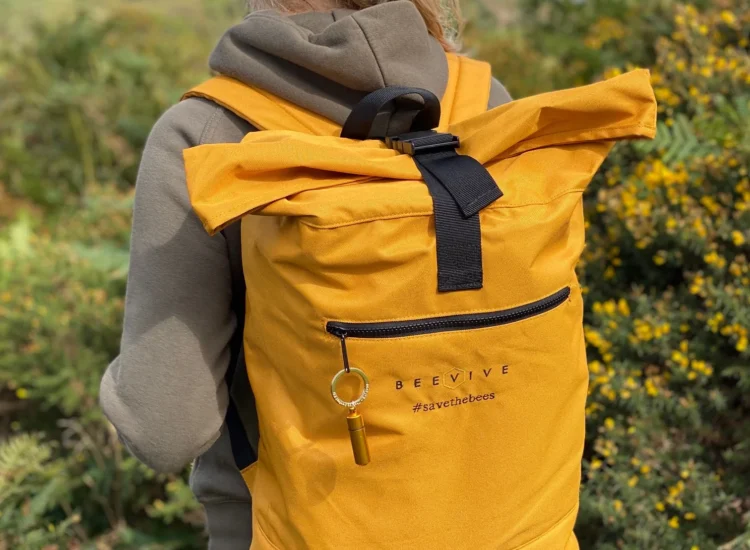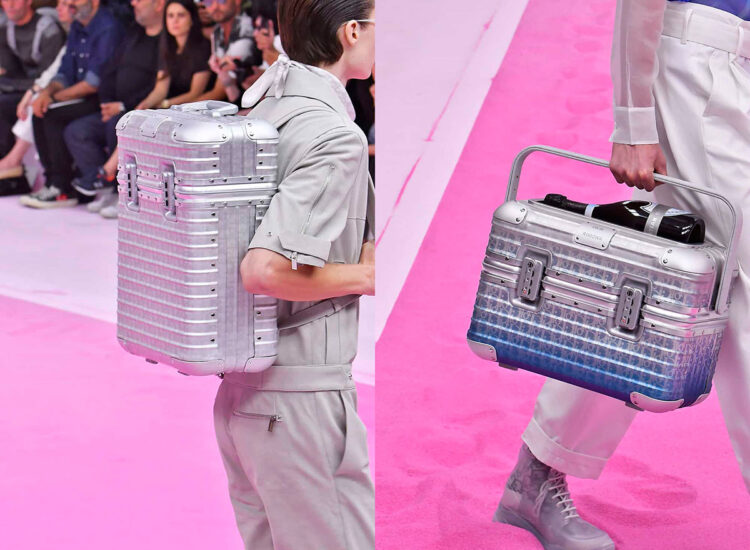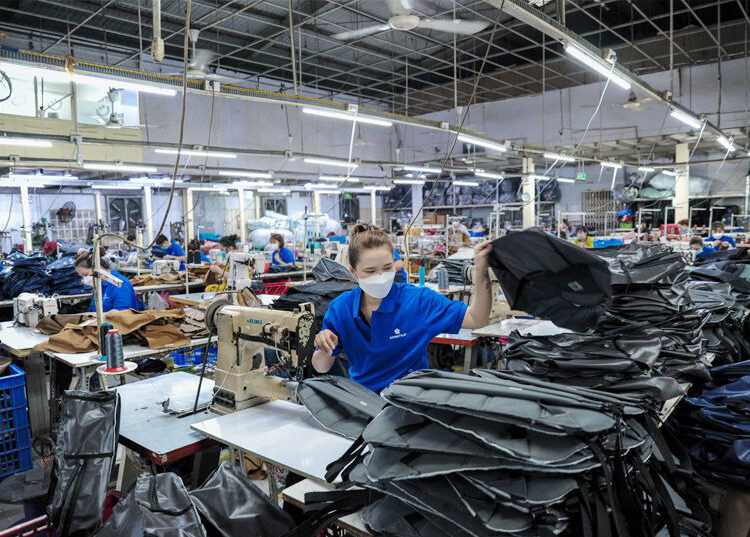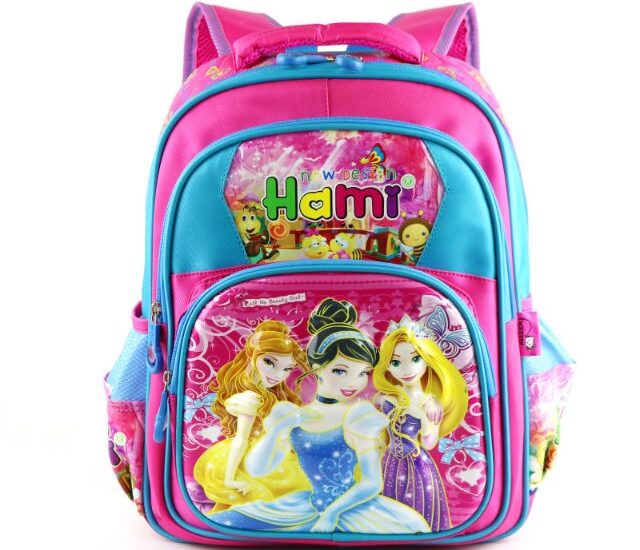The Backbone of Your Carry: Exploring the Diverse Materials Behind Backpacks in 2025
The humble backpack, a ubiquitous companion in our daily lives, is far more than just a simple bag. It’s a carefully engineered piece of equipment designed to carry our essentials comfortably and securely. A crucial element in its design and functionality lies in the choice of materials used in its construction. In 2025, backpack manufacturers continue to innovate, utilizing a wide array of materials, each with its unique properties and benefits, to cater to diverse needs and preferences. Let’s delve into the fascinating world of backpack materials and explore the most common and cutting-edge options shaping the industry.
The Workhorses: Nylon and Polyester
Two of the most prevalent materials in backpack manufacturing are nylon and polyester. These synthetic fabrics offer a compelling combination of durability, affordability, and versatility.
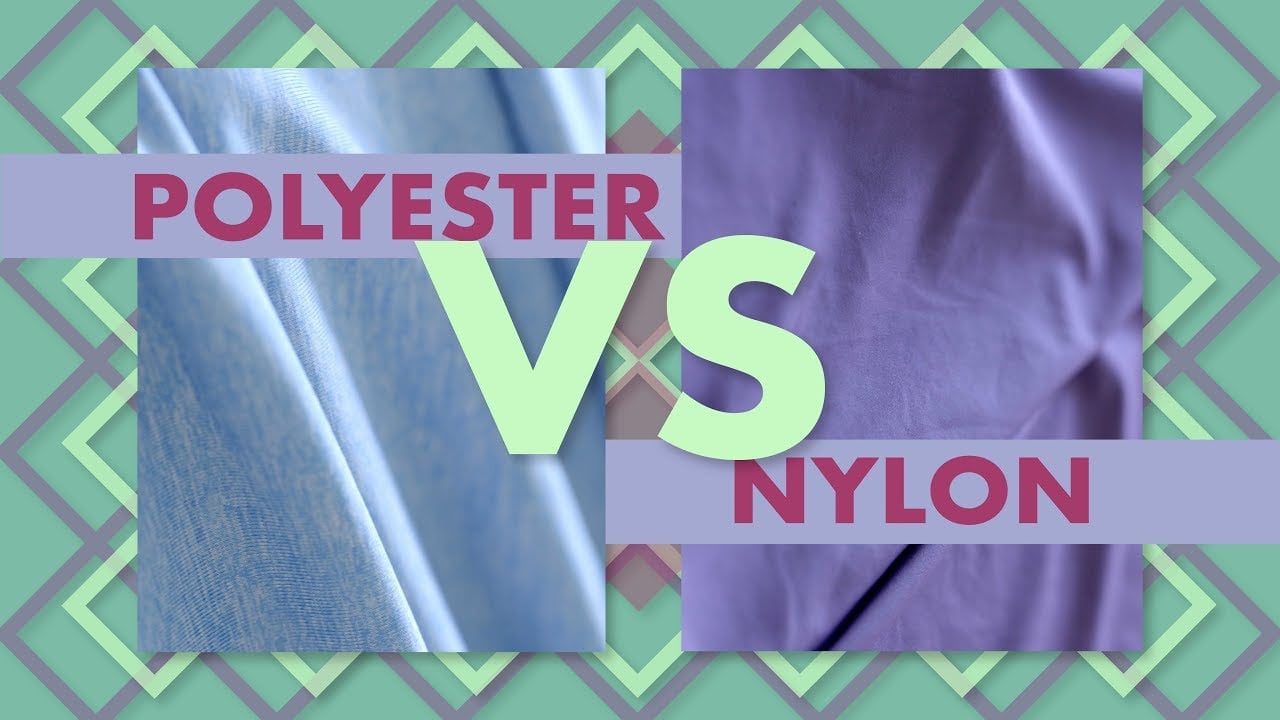
Nylon: Known for its exceptional strength-to-weight ratio, nylon is a popular choice for backpacks that need to withstand significant wear and tear. Its excellent abrasion resistance makes it ideal for backpacks used in demanding environments like hiking or travel. Nylon also offers good water resistance, although it’s not entirely waterproof. Different types of nylon, such as Cordura and ripstop nylon, are often used to enhance specific properties. Cordura nylon is known for its superior durability and resistance to tears and scuffs, while ripstop nylon incorporates a special weaving technique that prevents tears from spreading.
Polyester: Polyester is another widely used synthetic fabric that offers a good balance of durability and affordability. While generally not as strong as nylon, it boasts excellent UV resistance, meaning it’s less likely to fade or degrade when exposed to sunlight. Polyester is also good at holding color, making it a popular choice for backpacks with vibrant designs. Like nylon, polyester can be treated with coatings to improve its water resistance. Different denier weights (a measure of the fabric’s thickness) and weaves are used to create polyester fabrics with varying levels of durability and weight.
The Classic Appeal: Canvas
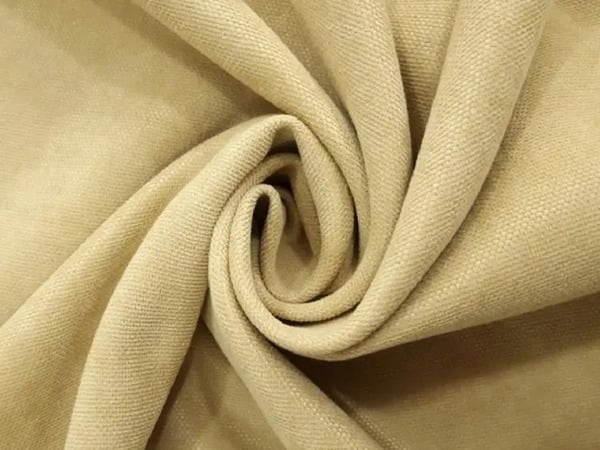
Canvas, traditionally made from cotton or linen, offers a more classic and rugged aesthetic. It’s a durable material that can withstand considerable use, and its tightly woven structure provides some inherent water resistance, although it’s generally not as water-resistant as nylon or polyester. Canvas backpacks often develop a unique patina over time, adding to their character. However, canvas tends to be heavier than synthetic fabrics and can be more susceptible to mildew if not properly cared for.
Related articles 01:
2. https://hami.vn/backpack-blunders-common-mistakes-to-avoid-when-choosing-your-carry-all/
4. https://hami.vn/the-rise-of-recycled-backpacks-sustainable-style-and-functional-design/
5. https://hami.vn/stitching-the-future-the-state-of-the-apparel-industry-in-2025/
The Premium Touch: Leather
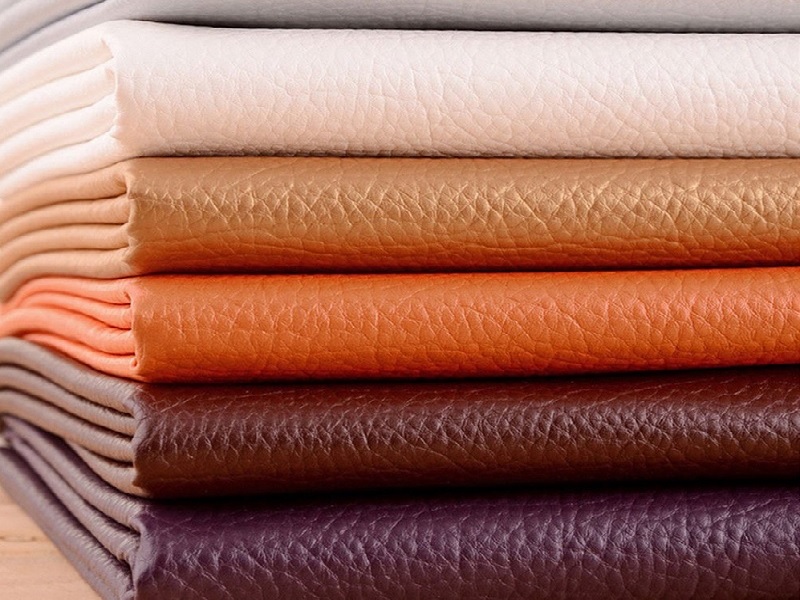
For those seeking a touch of luxury and exceptional durability, leather remains a top choice for certain types of backpacks. Leather is naturally strong and can withstand years of use. When properly treated, it also offers good water resistance. Different types of leather, such as full-grain, top-grain, and split-grain, offer varying levels of quality, durability, and cost. Leather backpacks often exude a timeless style and can be a significant investment.
The Ultimate Protection: Tarpaulin and PVC

For backpacks designed to withstand harsh weather conditions or heavy use, tarpaulin or PVC (polyvinyl chloride) are often the materials of choice. These materials are completely waterproof and highly durable, making them ideal for activities like kayaking, camping in wet conditions, or for industrial use. They are also relatively easy to clean. However, tarpaulin and PVC can be stiff and less breathable than other materials, and there are also environmental concerns associated with PVC production and disposal.
Enhancing Durability: Ripstop Fabrics

As mentioned earlier, ripstop is a weaving technique used with various materials, most commonly nylon and polyester. This technique incorporates stronger, thicker yarns at regular intervals in a crosshatch pattern, creating a grid-like appearance. If a tear occurs in ripstop fabric, it is contained within the grid and prevented from spreading further, significantly enhancing the material’s overall durability and lifespan.
Battling the Elements: Waterproof Membranes and Coatings
To enhance the water resistance or achieve complete waterproofing, backpack manufacturers often utilize various membranes and coatings. Waterproof membranes, such as TPU (thermoplastic polyurethane) or PU (polyurethane), are thin layers bonded to the inner or outer surface of the fabric. These membranes have microscopic pores that are small enough to prevent water droplets from passing through but large enough to allow water vapor (sweat) to escape, providing a degree of breathability. Waterproof coatings, typically made of PU or DWR (durable water repellent), are applied to the fabric’s surface to create a water-resistant barrier. While coatings are effective at repelling water initially, they can wear off over time.
Related articles 02:
1. https://hami.vn/chon-balo-cho-con-vao-lop-1-dau-tu-cho-suc-khoe-va-niem-vui-den-truong/
4. https://hami.vn/from-design-to-dispatch-a-deep-dive-into-the-backpack-manufacturing-process/
5. https://hami.vn/gieo-mam-tuong-lai-tam-quan-trong-cua-viec-cho-tre-hoc-ngoai-ngu-som/
Embracing Sustainability: Recycled Materials
In line with growing environmental awareness, the use of recycled materials in backpack production is becoming increasingly common in 2025. Recycled polyester (rPET), often made from recycled plastic bottles, and recycled nylon are popular choices. These materials offer similar performance characteristics to their virgin counterparts while reducing the environmental impact associated with manufacturing new raw materials. The use of recycled materials reflects a growing commitment to sustainability within the backpack industry.
Specialized Needs, Specialized Materials
Beyond the primary body materials, backpacks often incorporate specialized materials for specific features:
- Mesh: Used in back panels and shoulder straps to provide ventilation and breathability, reducing sweat buildup and improving comfort.
- Neoprene: A synthetic rubber known for its flexibility, water resistance, and cushioning properties. Often used in padded compartments or straps.
- Spandex/Elastane: Used in stretch pockets on the sides or front of backpacks to provide a snug and adaptable fit for water bottles or other items.
- Aluminum or Steel: Used in internal frames or support structures, particularly in larger hiking or backpacking packs, to provide rigidity and distribute weight effectively.
Factors Influencing Material Choice:
The selection of materials for a backpack is a complex decision influenced by several factors:
- Intended Use: A lightweight daypack for commuting will likely use different materials than a heavy-duty backpack designed for multi-day hiking expeditions.
- Budget: The cost of different materials varies significantly, and manufacturers must balance performance with price point.
- Weight Considerations: For activities where every ounce counts, lightweight yet durable materials like certain types of nylon are preferred.
- Desired Aesthetic: The look and feel of the backpack are also important, and manufacturers choose materials that align with their target market’s preferences.
Conclusion: A Tapestry of Textiles
The modern backpack is a testament to material science, utilizing a diverse range of fabrics and components to achieve the desired balance of durability, comfort, functionality, and style. From the tried-and-true workhorses of nylon and polyester to the classic appeal of canvas and the luxurious touch of leather, each material brings its unique strengths to the table. As technology and environmental awareness continue to evolve, we can expect further innovations in backpack materials, with a growing emphasis on sustainability and performance. In 2025, the materials that form the backbone of our everyday carry are more diverse and sophisticated than ever before, ensuring there’s a perfect backpack for every need and adventure.


